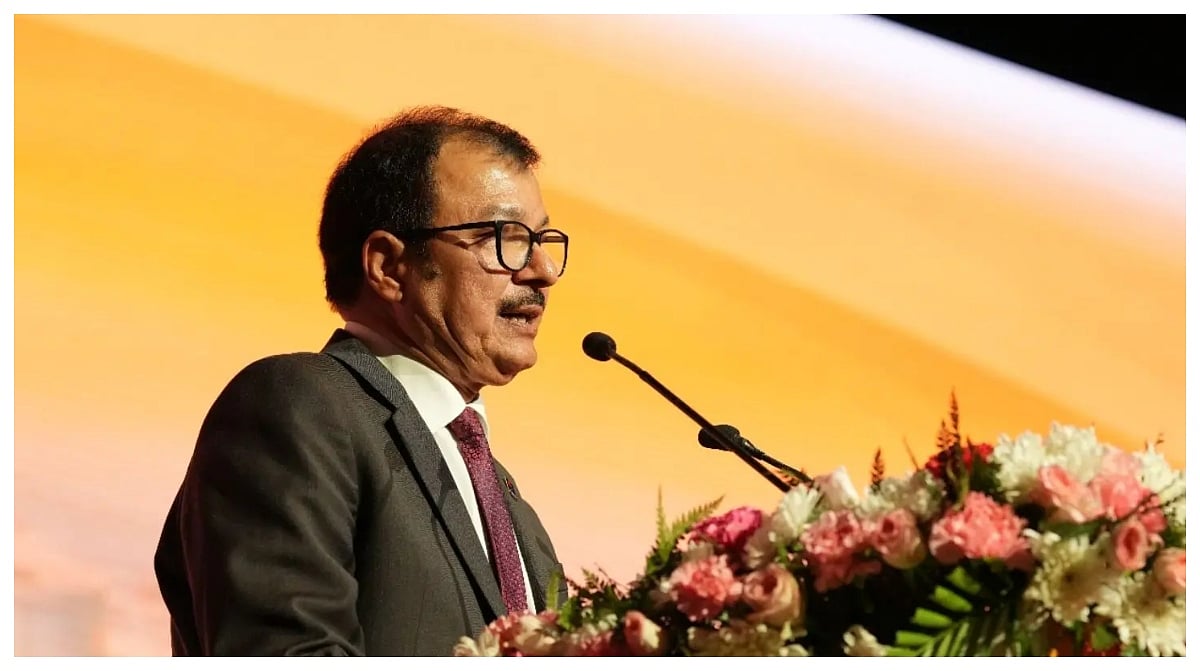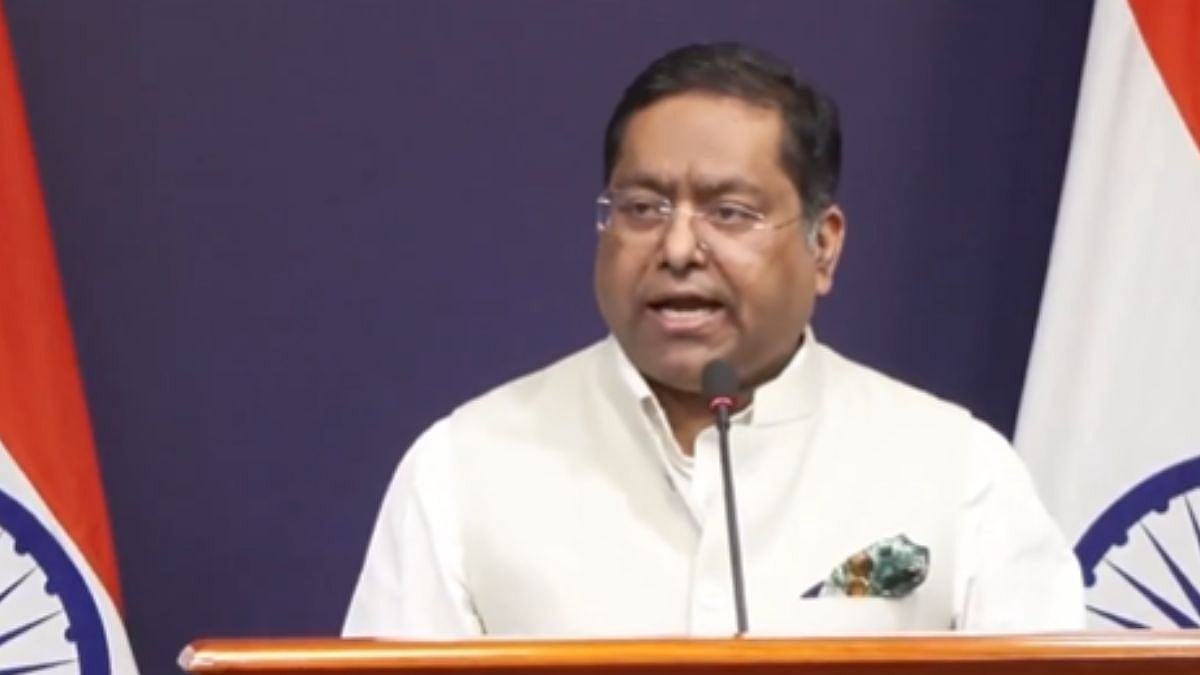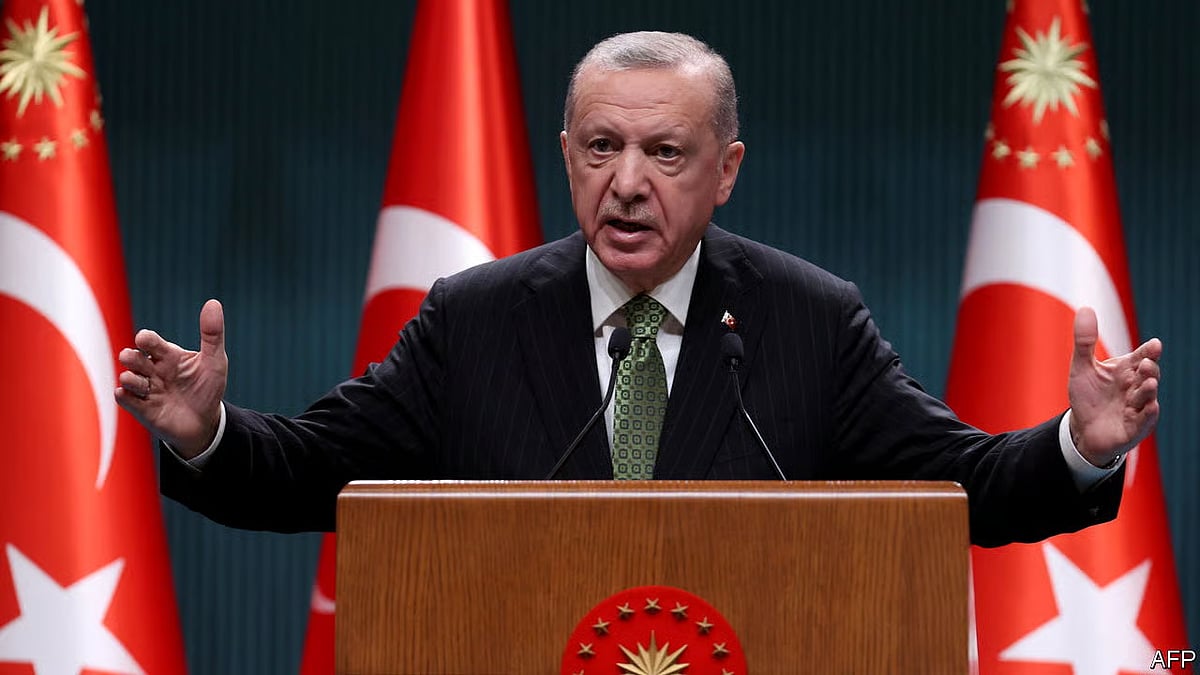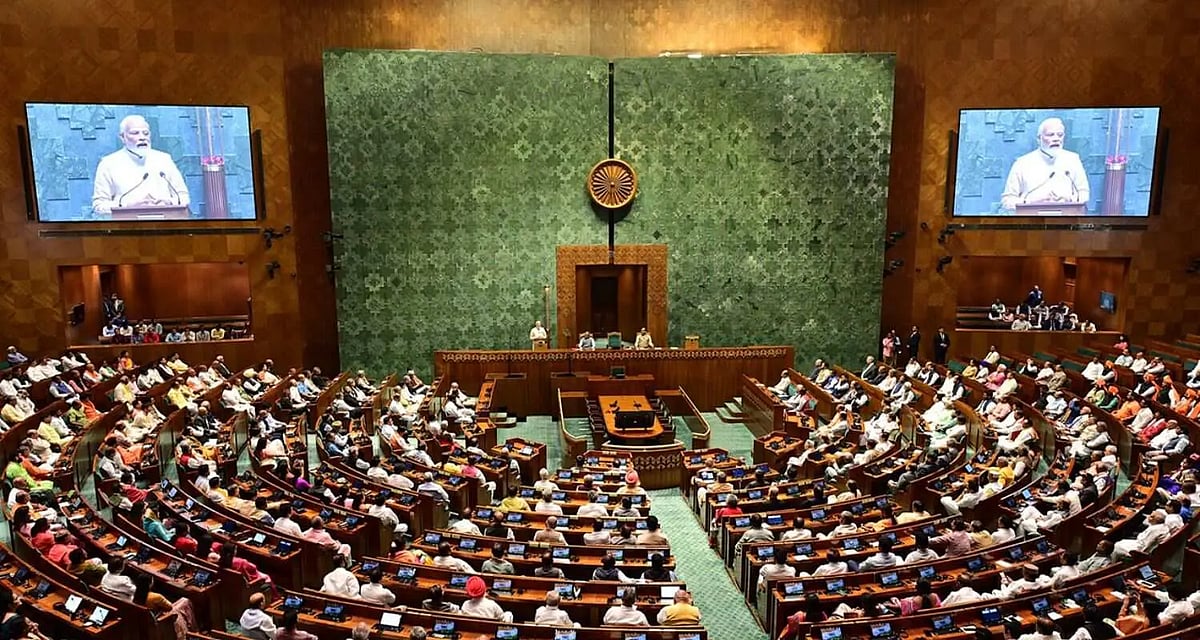In any prolonged standoff, either of the two feuding parties has to relent or blink first to end it. The Ukraine-Russia war, now into its fourth year, shows no signs of relenting or abating, with both taking ultranationalistic positions and accusing the other of not going the extra mile to reach out to it. And strange as it might sound, this standoff has caught India in the crossfire. POTUS Trump has taken umbrage at India buying oil from Russia, which in his view is tantamount to India bankrolling the Russian war machine. Hence, the 50% penal tariff on Indian exports to the USA. Trump is blasé about the fact that the US itself buys plutonium, fertilisers, etc. from Russia.
India gains primarily from significant cost savings on discounted crude, which helps manage domestic inflation, ensures energy security, and provides strategic foreign policy autonomy. The availability of Russian crude at a significant discount, compared to oil from traditional Middle Eastern and global suppliers, has saved the country billions of dollars in its import bill, which helps keep domestic fuel prices stable and curbs inflation for Indian citizens. India is the world's third-largest oil importer and consumer, relying heavily on imports to the tune of 80% of its requirements. By diversifying its sources to include Russia, India reduces its historical over-reliance on Middle Eastern suppliers and hedges against potential supply disruptions or price volatility in other regions, such as the Strait of Hormuz chokepoint. Most Indian refineries are well-configured to process the heavier Russian Urals crude grade efficiently without requiring costly reconfigurations. This compatibility, combined with the discounts, makes Russian oil a viable and cost-effective feedstock option. India has also been able to export refined petroleum products to global markets, including Europe and the US, adding to its foreign exchange reserves, thus not only providing a natural hedge against currency rate fluctuations but also keeping the Indian refineries going through the process of value addition.
Every country acts in its own enlightened self-interest in international affairs. So, India need not be coy about its purchase of Russian oil to the tune of 36% of its crude exports. Prime Minister Narendra Modi appears in no mood for any knee-jerk reaction. Textiles, seafood, leather, gems and jewellery exporters will be provided outreach in nearly 40 countries, including the UK, the EU, Japan, Australia, South Korea, and Russia. Already, textile and garment exporters are considering shifting the final stage of their manufacturing operations to other countries to protect their US market, following the imposition of steep tariffs. India exports roughly $38 billion worth of textiles and readymade garments; 35% of this is exported to the US.
With the imposition of a 50 per cent US tariff, Indian textiles and garments will become costly in the US, and Vietnam, Bangladesh, Sri Lanka, Pakistan, and China can make gains. The textile sector’s share in India’s GDP is 2.3%, and in total industrial output its share is 13%. One-third of Indian garments and textiles are exported to the US, and the steep tariff has come as a shock. India is in talks with Russia, South Korea, Japan, and Australia for diversifying exports.
The second sector which will be badly impacted is the gems and jewellery industry. India exports $10 billion worth of gems and jewellery, out of which 40% is exported to the US alone. For American importers, buying Indian gems and jewellery could become a loss-making proposition. India is a big exporter of polished diamonds, and 30% of its diamond exports are exported to the US. India accounts for 90% of the cutting and polishing of natural diamonds across the world. Exporters in Surat say that the initial shock of the steep tariff will be met soon by diverting exports to other countries.
The third sector that was spared the Trump ire initially but, in due course, got ensnared in the vortex is the Indian pharmaceutical industry, which has been slapped with a 100% tariff, but those in the know aver that by doing this, Trump has shot himself in the foot, as the generic drug imports from India sustain American patients, thanks to them being cheap. He will have to blink first on this score lest the American populace get restive.
That said, India is not ready to throw the Indian agriculture and dairy sector to the wolves, which is what Trump wants by bearing down on India with stifling tariffs. At the same time, India is not taking the mercurial Trump lightly. It has opened another frontier for Indian exports to the US—defence exports. India and the United States, on October 31, signed a 10-year Defence Framework Agreement, marking a new era in their growing partnership. The agreement, exchanged between Defence Minister Rajnath Singh and US Secretary of War Pete Hegseth in Kuala Lumpur, provides a long-term policy direction for the US-India Major Defence Partnership. The development underscores the expanding strategic alignment between New Delhi and Washington. Hegseth described it as a historic milestone, stating that the two nations’ “defence ties have never been stronger”. This new deal will placate Trump, as India can offer cheap labour for manufacturing in India for the US defence industry, with companies like Lockheed Corporation spearheading the nation’s numero uno position in defence exports—accounting for as much as 43% of the world’s defence exports.
In economics, the most enduring debate is over butter or guns? India has cleverly deflected the US attention from its obsession with India opening up its dairy sector to the US dairy exporters to arms manufacturing in India for US companies. The Modi-Jaishankar duo are thinking all the time. Hope they have checkmated Trump in his own game. If India has got caught in the crossfire between the US and Russia, Indian students aspiring to study at the Ivy League US universities have been caught in the crossfire between Modi and Trump. The $100,000 H1-B visa fee is steep, but a mollified Trump is most likely to roll it back.
The Modi-Jaishankar duo must also be hailed for not massaging Trump’s ego by nominating him for the Nobel, which Israeli leader Netanyahu and Pakistan Prime Minister Shabaz Shariff did. By refraining from humouring Trump on this score, Modi has shown that he is made of sterner stuff.
S Murlidharan is a freelance columnist and writes on economics, business, legal and taxation issues.










